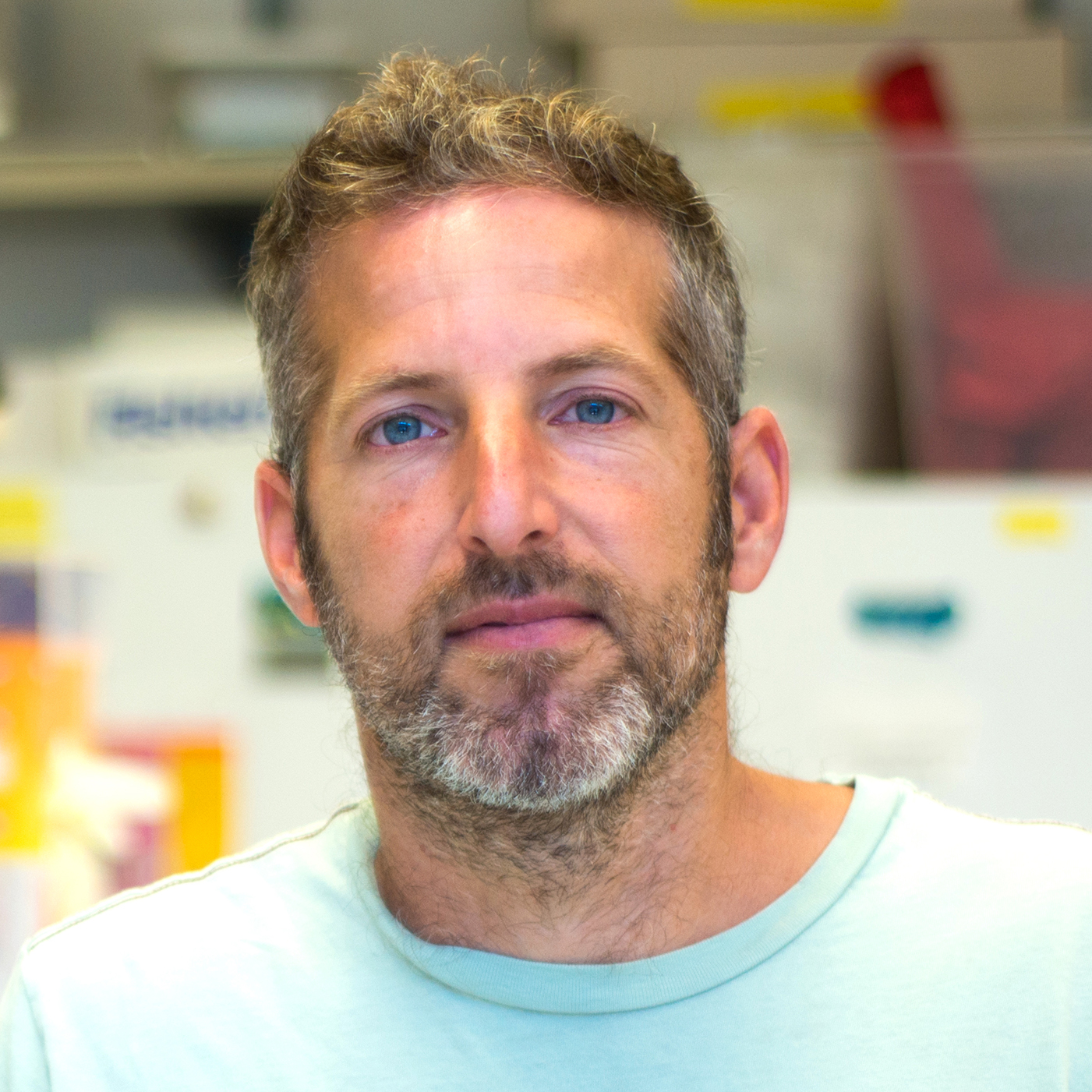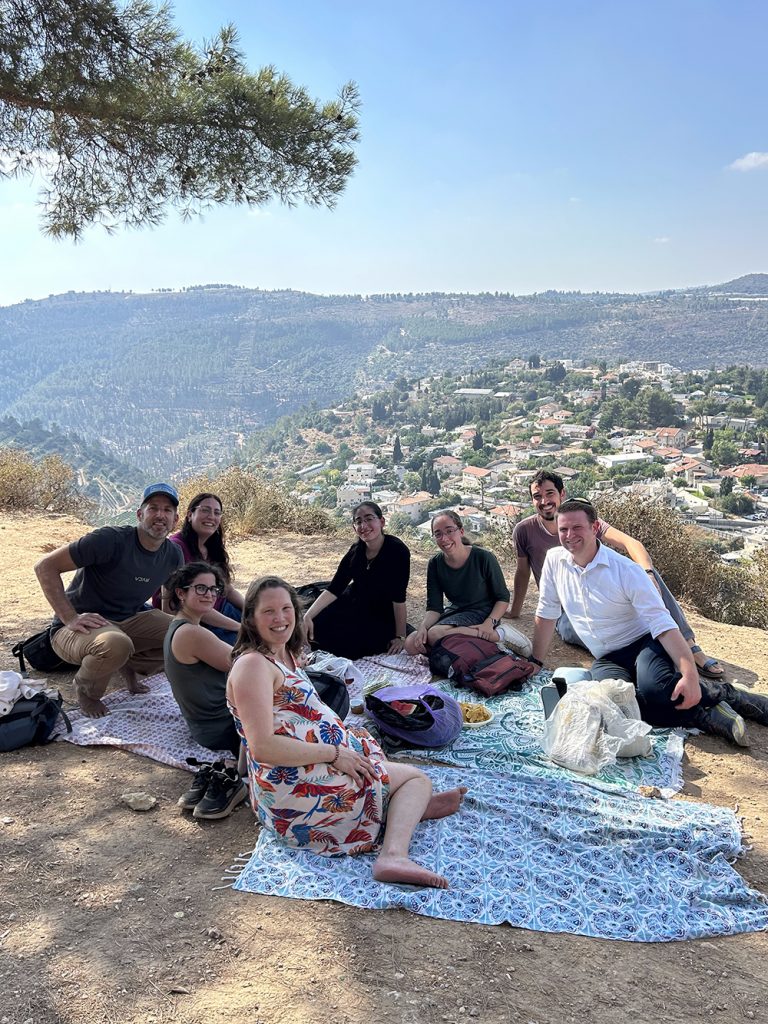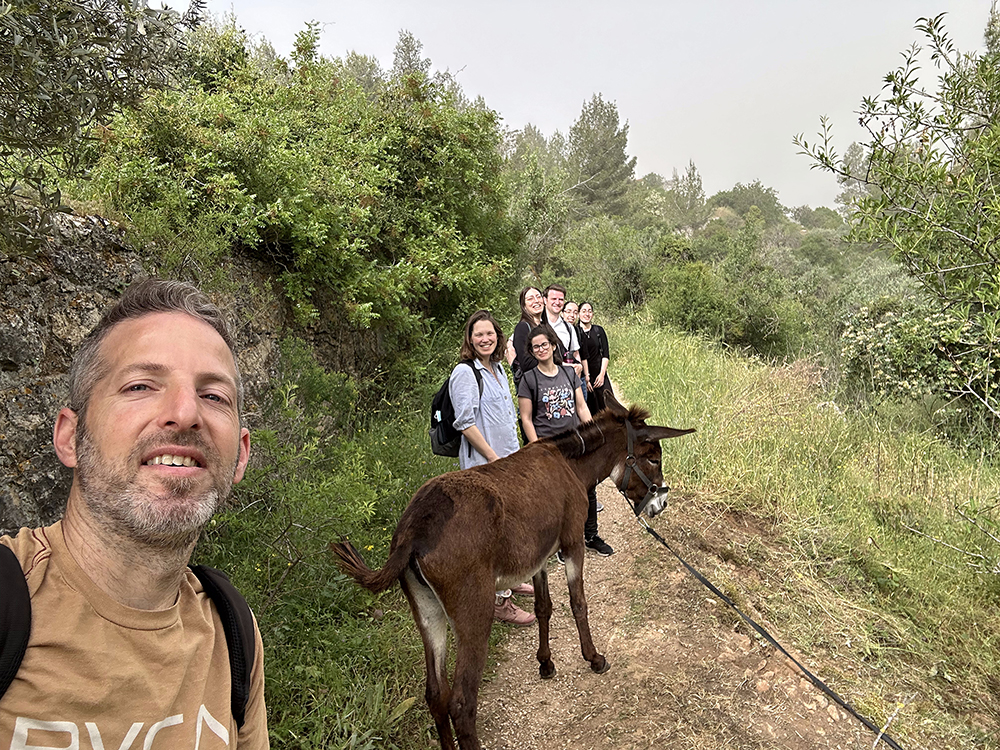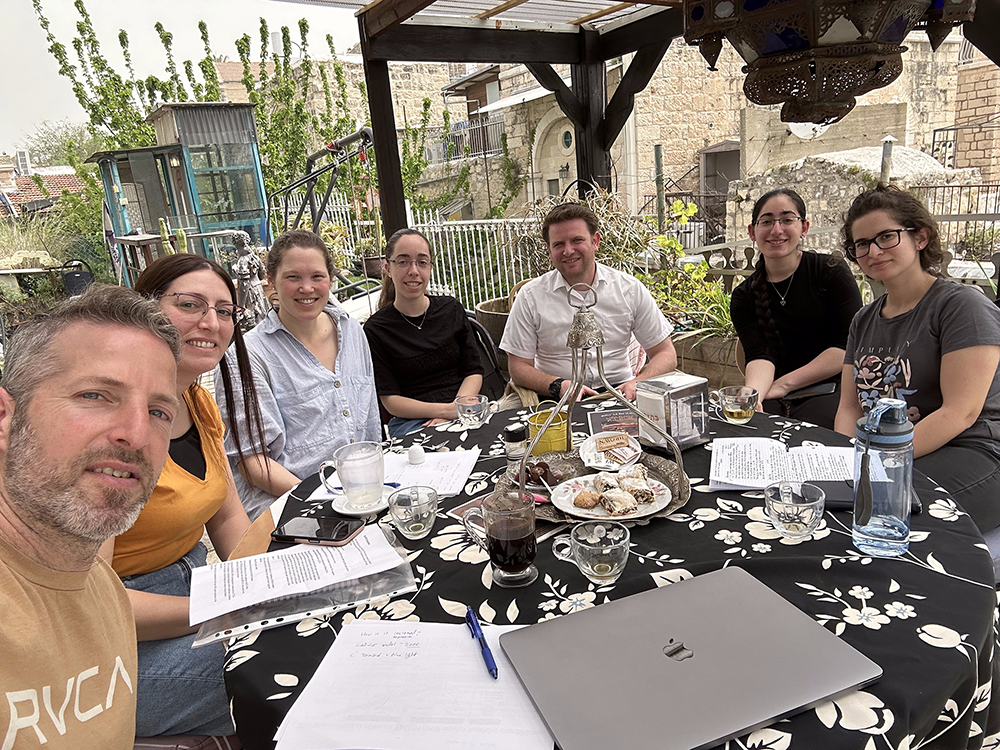
Senior lecturer
Our lab studies the molecular and cellular mechanisms underlying age-dependent neurodegeneration. We address mechanistic questions in the interface between compromised RNA metabolism and neurodegeneration during the course of aging. We take innovative basic and translational science approaches to uncover new insights into the normal biology and degeneration of motor and cortical neurons and use those insights to develop therapeutic approaches to reverse neuronal vulnerability.
Our research goal is to advance the understanding of the mechanism leading to neurodegeneration with a focus on axonal growth, maintenance and regeneration in healthy and diseased neurons.
Our lab studies the molecular and cellular mechanisms underlying age-dependent neurodegeneration. We address mechanistic questions in the interface between compromised RNA metabolism and neurodegeneration during the course of aging. We take innovative basic and translational science approaches to uncover new insights into the normal biology and degeneration of motor and cortical neurons and use those insights to develop therapeutic approaches to reverse neuronal vulnerability.
The ability to maintain proper RNA metabolism is comprised during aging in the human nervous system. Largely dependent on RNA-binding proteins retaining their normal function and cellular localization, disruption of RNA metabolism has become a common feature of many human neurodegenerative disorders, including the fatal paralytic disease amyotrophic lateral sclerosis (ALS) and the two most common dementias – Alzheimer’s disease (AD) and frontotemporal dementia (FTD). How aberrant RNA processing within the nucleus affects the biology and function of neurons and their long extensions, especially during the process of aging, remains a mystery. Our research goal is to advance the understanding of the mechanism leading to neurodegeneration with a focus on axonal growth, maintenance and regeneration in healthy and diseased neurons.
The Melamed Lab takes innovative approaches for studying neurodegenerative disorders, mainly ALS and FTD through the use human iPSC-derived motor and cortical neurons to model “disease in a dish”. We use cutting-edge technologies including conversion of patient fibroblasts into neurons, CRISPR gene-editing, high-throughput sequencing, and human tissue samples analyses. Key questions that we aim to address, include: 1) What is the global impact of dysregulated RNA-binding proteins on neuronal function 2) How aberrant RNA processing contributes to toxicity in the central nervous system and 3) What are the mechanism leading to compromised axonal function and regeneration. Additional areas of investigation in the lab center on developing RNA-targeting therapies for neurodegenerative diseases using state-of-the-art methodologies, including RNA-specific CRISPR effectors and antisense oligonucleotides (ASOs), with the central goal to provide basic and translational insights into a spectrum of neurodegenerative diseases.
López-Erauskin J, Bravo-Hernandez M, Presa M, Baughn MW, Melamed Z, …. Cleveland DW, Lagier-Tourenne C. Stathmin-2 loss leads to neurofilament-dependent axonal collapse driving motor and sensory denervation. Nat Neurosci. 2024 Jan;27(1):34-47.
Baughn, M. W., Melamed, Z. E., López-Erauskin, J., Beccari, M. S., Ling, K., Zuberi, A., … & Cleveland, D. W. (2023). Mechanism of STMN2 cryptic splice-polyadenylation and its correction for TDP-43 proteinopathies. Science, 379(6637), 1140-1149.
https://doi.org/10.1126/science.abq5622
Accompanying Perspective article:
A Cryptic Clue to Neurodegeneration? Antisense oligonucleotides rescue cryptic RNA splicing and neuron regeneration
Melamed, Z. E., López-Erauskin, J., Baughn, M. W., Zhang, O., Drenner, K., Sun, Y., … & Cleveland, D. W. (2019). Premature polyadenylation-mediated loss of stathmin-2 is a hallmark of TDP-43-dependent neurodegeneration. Nature neuroscience, 22(2), 180-190. https://doi.org/10.1038/s41593-018-0293-z
Gasset-Rosa, F., Lu, S., Yu, H., Chen, C., Melamed, Z. E., Guo, L., … & Cleveland, D. W. (2019). Cytoplasmic TDP-43 de-mixing independent of stress granules drives inhibition of nuclear import, loss of nuclear TDP-43, and cell death. Neuron, 102(2), 339-357. https://doi.org/10.1016/j.neuron.2019.02.038
Melamed, Z. E., Levy, A., Ashwal-Fluss, R., Lev-Maor, G., Mekahel, K., Atias, N., … & Ast, G. (2013). Alternative splicing regulates biogenesis of miRNAs located across exon-intron junctions. Molecular cell, 50(6), 869-881. https://doi.org/10.1016/j.molcel.2013.05.007
We are looking for highly motivated postdocs and students to join the lab.



Website designed by toornet